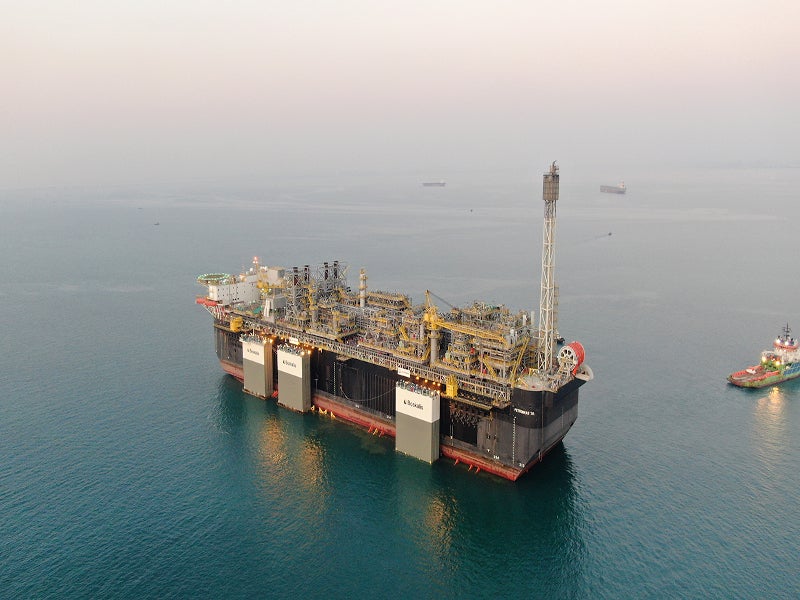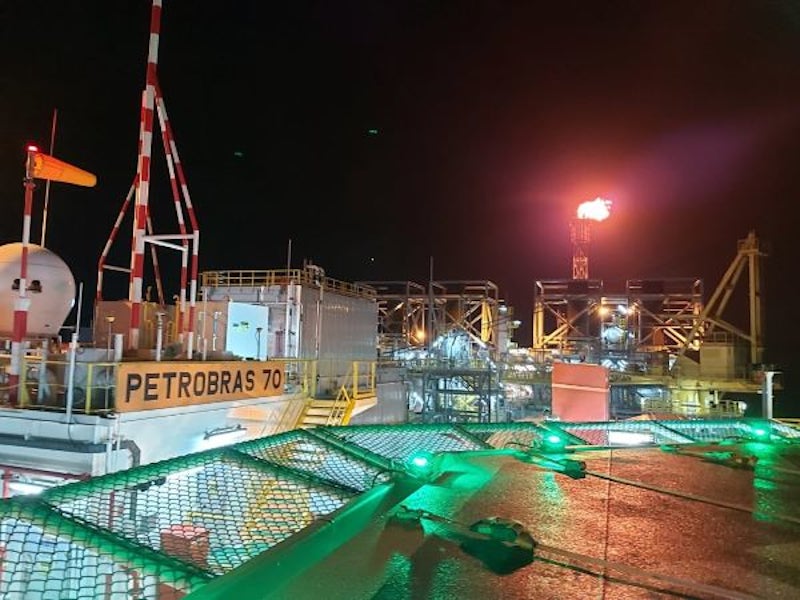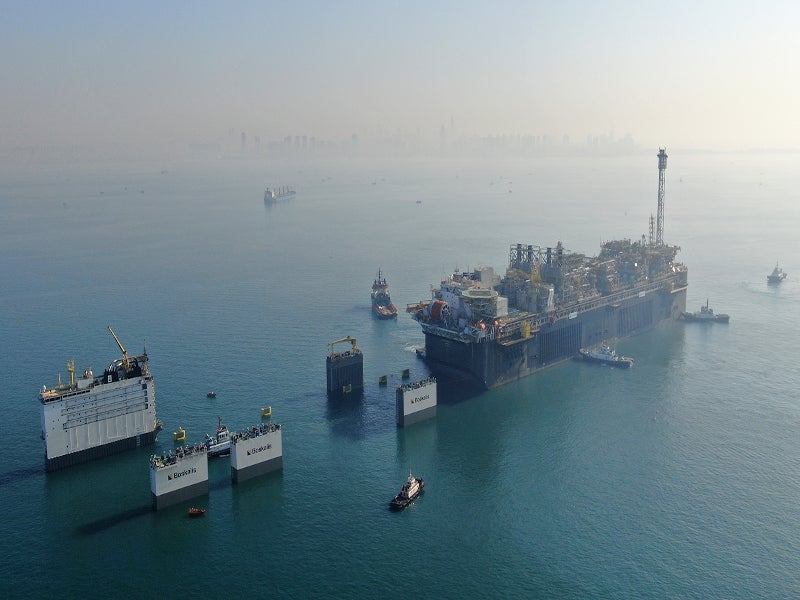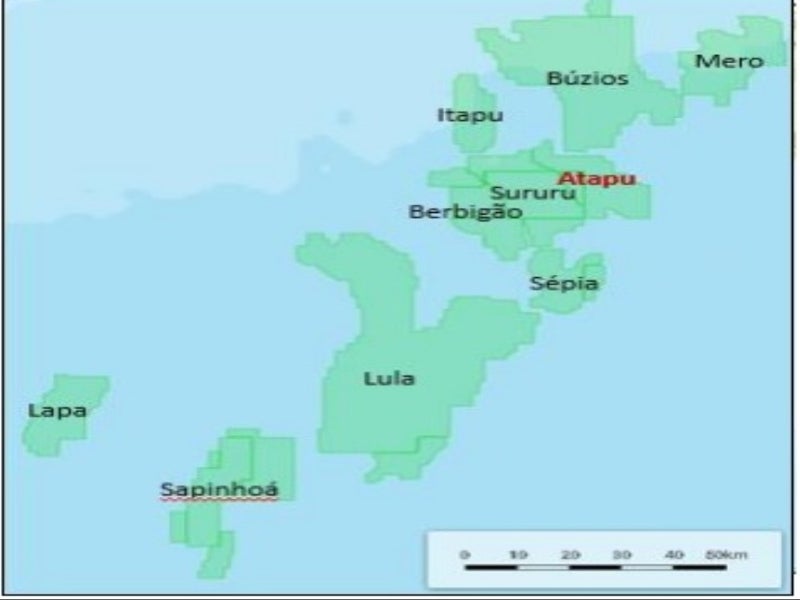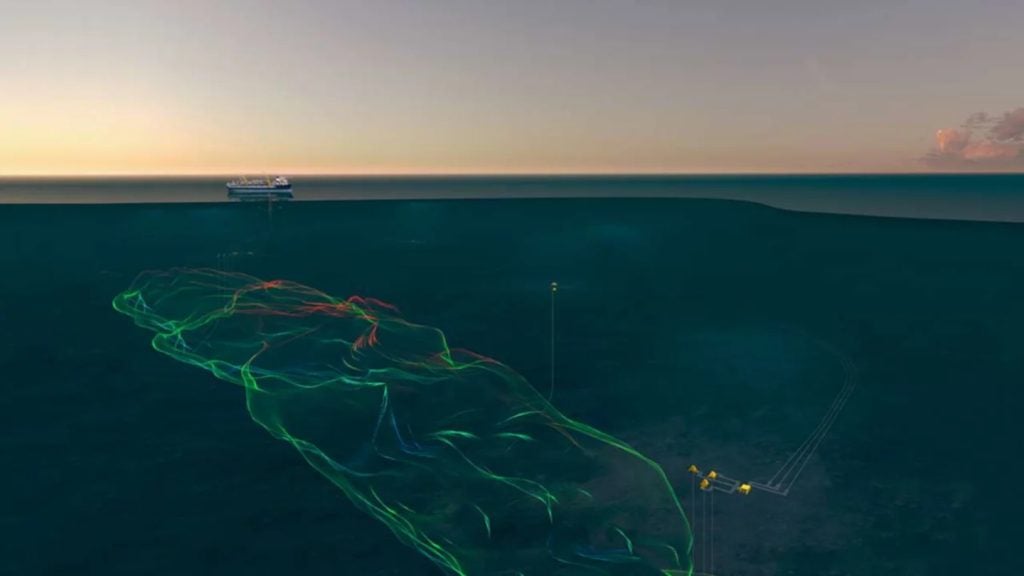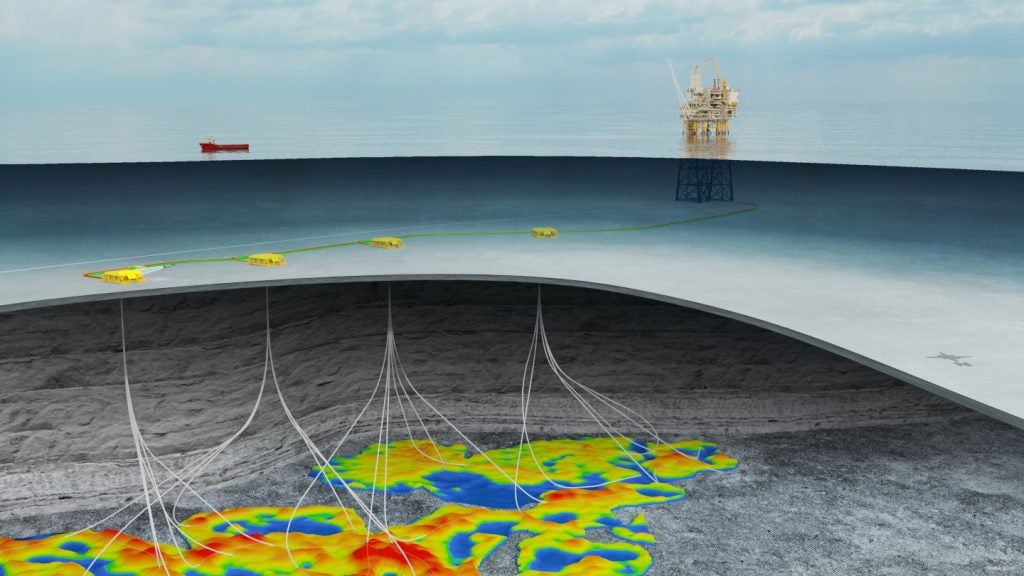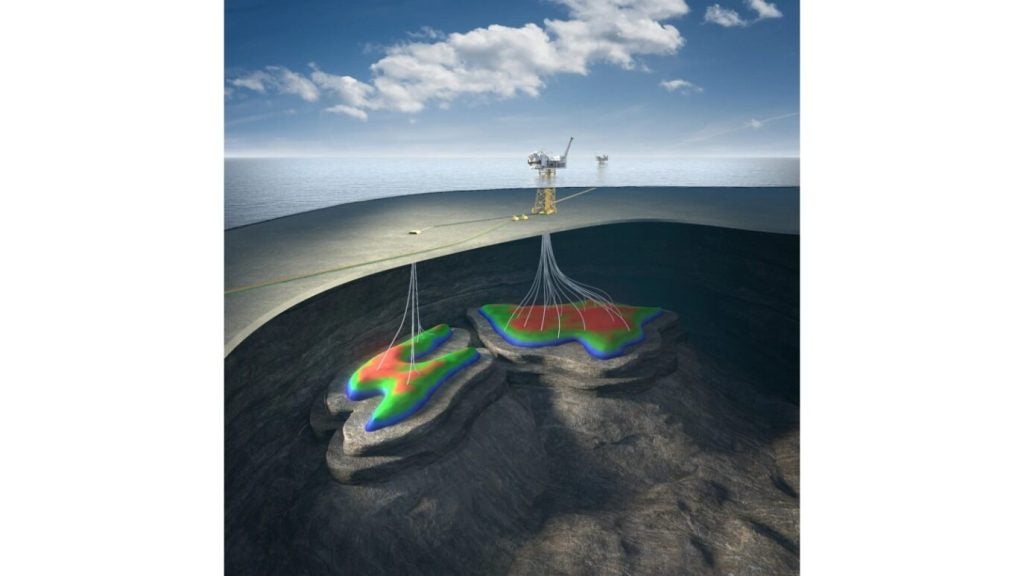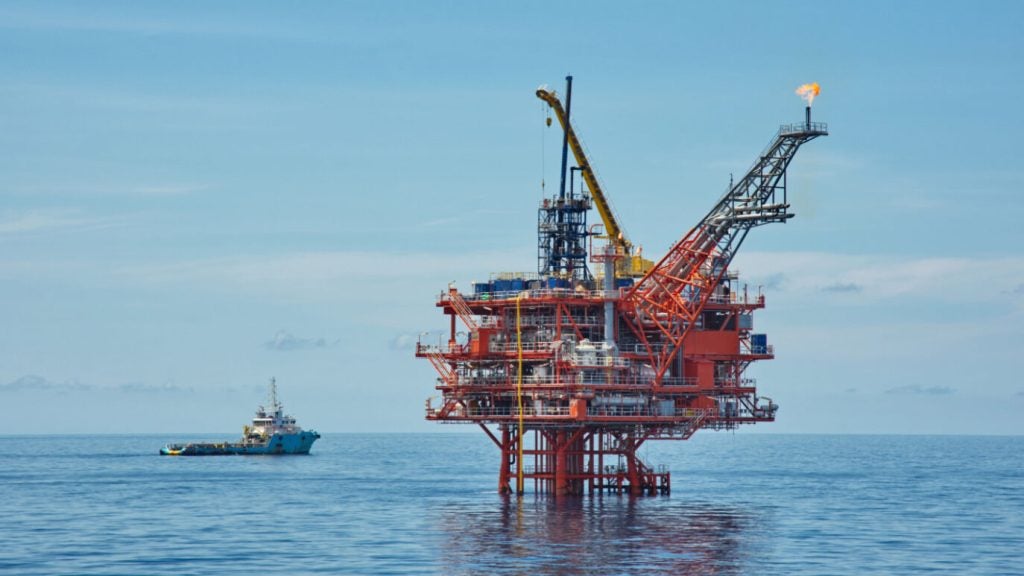Atapu is a deepwater oil and natural gas field with a shared deposit, located at a water depth of over 2,000m in the Santos basin pre-salt, off the coast of Brazil.
Petrobras owns an 89.25% interest in the shared deposit of Atapu. The remaining stake is held by Shell Brasil Petroleo (4.25%), Total E&P do Brasil (3.83%), Petrogal Brasil (1.70%), and Pre-Sal Petroleo SA (PPSA) (0.95%). Production from the Atapu shared deposit started in June 2020.
Production individualisation agreement of Atapu shared deposit
The deposit extends across different concession areas and is being developed as a single project under a production individualisation agreement.
PPSA represents the Brazilian Government in the production individualisation agreements in the Pre-Salt Polygon and strategic areas. Petrobras, Total, Petrogal and Shell entered the agreement for the Atapu shared deposit in October 2018.
Atapu shared deposit location
The shared deposit comprises Oeste de Atapu and Atapu fields along with a portion of the federal government’s non-contracted area. Operated by Petrobras, the Block BM-S-11A license area includes portions of Sururu, Berbigao and Atapu fields in the Iara cluster area.
The Brazilian National Petroleum Agency (ANP) received the development plan for the three accumulations within the BM-S-11A block and extending to the area surrounding Iara, in 2015.
The unitisation agreement for the Atapu accumulation was approved in August 2019. The Atapu unitised area under the agreement includes the Atapu field with 17.03% of the unitised area covered by the BM-S-11A license area. Galp holds a 1.7% interest in the Atapu unitised area.
Berbigao and Sururu accumulations in the Block BM-S-11A will also undergo a unitisation process.
Development details of the Atapu field
The Atapu field is developed with the P-70 floating production, storage, and offloading (FPSO) platform, situated in the eastern part of the Santos Basin, near the Buzios field, approximately 200km offshore Rio de Janeiro.
The P-70 platform was transported to Rio de Janeiro from China on the Pioneer semi-submersible transport vessel using a dry tow operation in January 2020.
The FPSO operates at a water depth of 2,300m with the processing capacity of up to 150,000 barrels of oil per day. It can treat up to six million cubic metres of natural gas and has a storage capacity of 1.6 million barrels. The platform can interconnect up to eight producing and eight injection wells. It is the second FPSO unit installed in the Block BM-S-11A license area for production. The first FPSO, P-68, was installed on the Berbigao field in November 2019. P-70 will double the Iara cluster’s total production capacity.
P-70 FPSO details
The box-shaped P-70 FPSO is 300m long and 74m wide, with the deck area equivalent to three football pitches. The dry weights of topside and hull of the FPSO are 25,000t and 53,000t respectively.
The FPSO is built with about 45,000t of steel and houses 1.5 million metres of cables. It has a maximum displacement of 350,000t and a designed service life of 25 years.
P-70 features an offshore oil and gas treatment plant and is also integrated with power supply. It is installed with 17 functional modules on the deck for processing seabed oil and gas.
Contractors involved
COOEC was the general contractor for the development of the P-70 FPSO, which was built at the company’s Qingdao yard in China.
Boskalis was contracted to perform the dry transportation of the FPSO.

